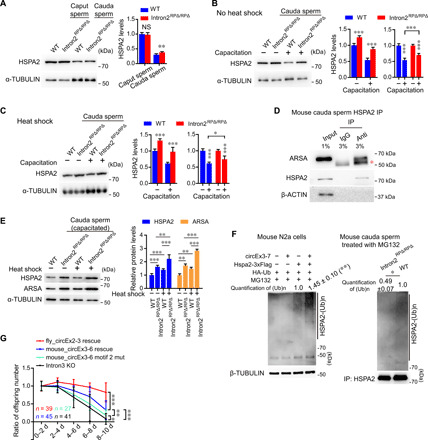Fig. 8. Mouse circBoule RNAs down-regulate HSPA2 and can rescue fly phenotypes.

(A) Immunoblotting of HSPA2 protein in caput and cauda sperm of wild-type and Intron2RPΔ/RPΔ mice. Protein levels of HSPA2 are shown in the bar graph. (B and C) Immunoblotting of HSPA2 in cauda sperm (capacitated or not capacitated) of wild-type and Intron2RPΔ/RPΔ mice without or with heat shock pretreatment. The protein levels of HSPA2 are shown in the bar graph. Heat shock pretreatment (C) was performed to cauda sperm in epididymis at 42°C for 30 min. (D) IP of HSPA2 in mouse cauda sperm with co-IP of ARSA. Red asterisk indicates heavy chain of antibodies. (E) Immunoblotting of HSPA2 and ARSA proteins in capacitated cauda sperm of wild-type and Intron2RPΔ/RPΔ mice with or without heat shock pretreatment. The protein levels of HSPA2 and ARSA are shown in the bar graph. (F) circBoule RNAs promote HSPA2 ubiquitination in N2a cells and mouse cauda sperm. For N2a cells, circBoule RNAs, HSPA2 protein, and ubiquitin were expressed with plasmids. Cauda sperm from wild-type and Intron2RPΔ/RPΔ mice were capacitated in buffer containing 100 μM MG132. (G) Ratio of offspring numbers (relative to progeny of 0 to 2 days) of fly_circEx2-3 rescue, mouse_circEx3-6 rescue, mouse_circEx3-6 motif 2 mut, and Intron3 KO males at 29°C. Data for Intron3 KO are the same as in Fig. 1E. n = males tested. For (A) to (F), data are from three independent experiments and shown as means ± SD. P values from unpaired Student’s t test, *P < 0.05, **P < 0.01, and ***P < 0.001.
